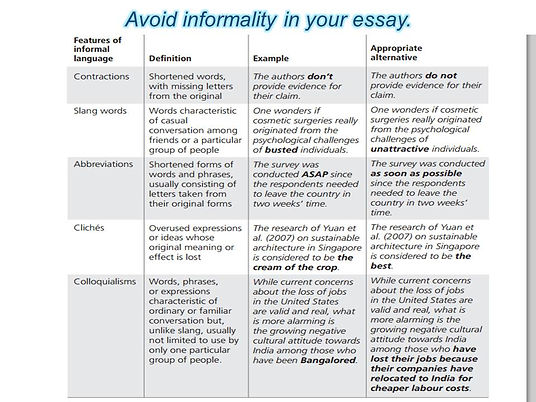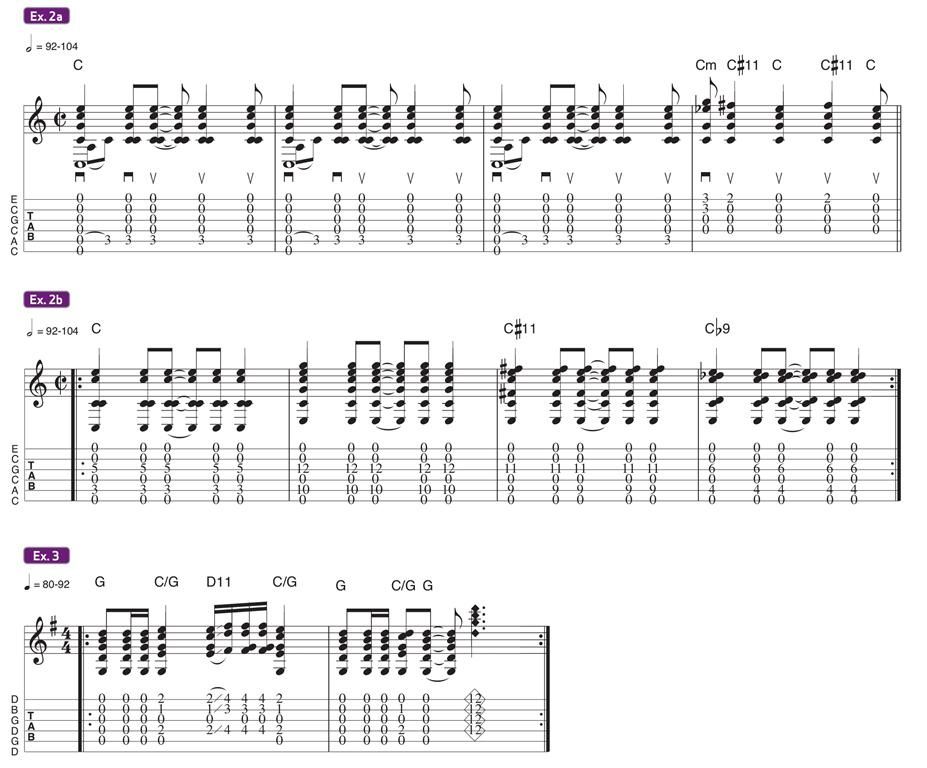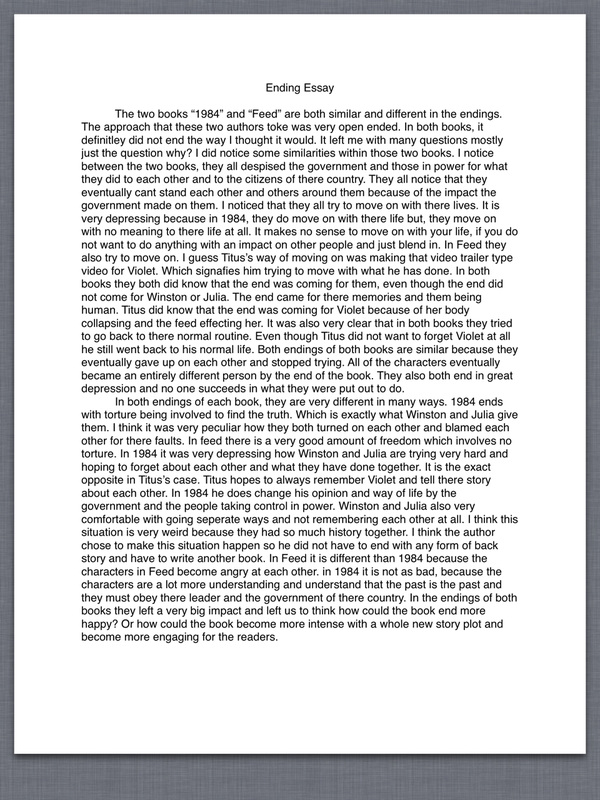Holy Thursday (The Songs of Innocence) - English Summary.
Holy Thursday was first published in 1789. It was included in a poetry collection called Songs of Innocence.However, there is also a poem called Holy Thursday in William Blake’s Songs of Experience, which differs from the one in Songs of Innocence.Songs of Innocence consists of 19 poems that portray happy pastoral images and the vulnerability in this innocent perception.
Holy Thursday by William Blake Summary; from Songs of Innocence - Holy Thursday is celebrated in the memory of Jesus Christ among the Christians. Christ was crucified on this particular day by his enemies after being betrayed by one of his twelve close friends.

Holy Thursday (I) - Synopsis and commentary Synopsis of Holy Thursday (I). On Holy Thursday (Ascension Day), the clean-scrubbed charity school children of London flow like a river toward St. Paul's Cathedral.Supervised by aged beadles and dressed in bright colours they walk two-by-two. Seated, the children form a vast, radiant multitude as they sit in the Cathedral.

Songs of Innocence and of Experience study guide contains a biography of William Blake, literature essays, a complete e-text, quiz questions, major themes, characters, and a full summary and analysis.

Holy Thursday is Ascension Day in the Christian calendar. In Blake’s time the children living in the charity-run orphanages of London would make their way to St Paul’s Cathedral and sing, to.

Structure and versification. The poem has three stanzas, each containing two rhyming couplets.The first stanza is one sentence, suggesting the long train of children processing toward the cathedral, or the flowing river to which they are explicitly compared.

Holy Thursday is a poem by William Blake, from his 1789 book of poems Songs of Innocence. (There is also a Holy Thursday poem in Songs of Experience, which contrasts with this song.). The poem depicts a ceremony held on Ascension Day, which in England was then called Holy Thursday, a name now generally applied to what is also called Maundy Thursday: six thousand orphans of London's charity.

Compare and Contrast William Blake's The Chimney-Sweeper, Holy Thursday (Innocence) and London I am going to compare and contrast three of William Blake poems, where he shows his feelings about the way people treat children: The Chimney-Sweeper, Holy Thursday (Innocence) and London.

In the companion poem of Holy Thursday Songs of Innocence, William Blake discusses in the Songs of Experience the social chaos, especially the treatment of poor children, at that time. In the first stanza, “Is this a holy thing to see,” (line 1) Blake emphasizes “holy’ again after the topic of this poem and implies the criticism toward.

Each poem in the “Songs of Experience” category is matched by an idealistic portrayal in Songs of Innocence. The contrast is Blake’s method of social protest. Holy Thursday is Ascension Day.

The Songs of Innocence were published by Blake in 1789, and he produced a combined version of Songs of Innocence and of Experience in 1794. The Songs are now often studied for their literary merit alone, but they were originally produced as illuminated books, engraved, hand-printed, and coloured by.

William Blake's The Chimney-Sweeper, Holy Thursday (Innocence) and London - Compare and Contrast William Blake's The Chimney-Sweeper, Holy Thursday (Innocence) and London I am going to compare and contrast three of William Blake poems, where he shows his feelings about the way people treat children: The Chimney-Sweeper, Holy Thursday (Innocence) and London.

Stuck on your essay? Browse essays about Holy Thursday Song Of Innocence and find inspiration. Learn by example and become a better writer with Kibin’s suite of essay help services.



